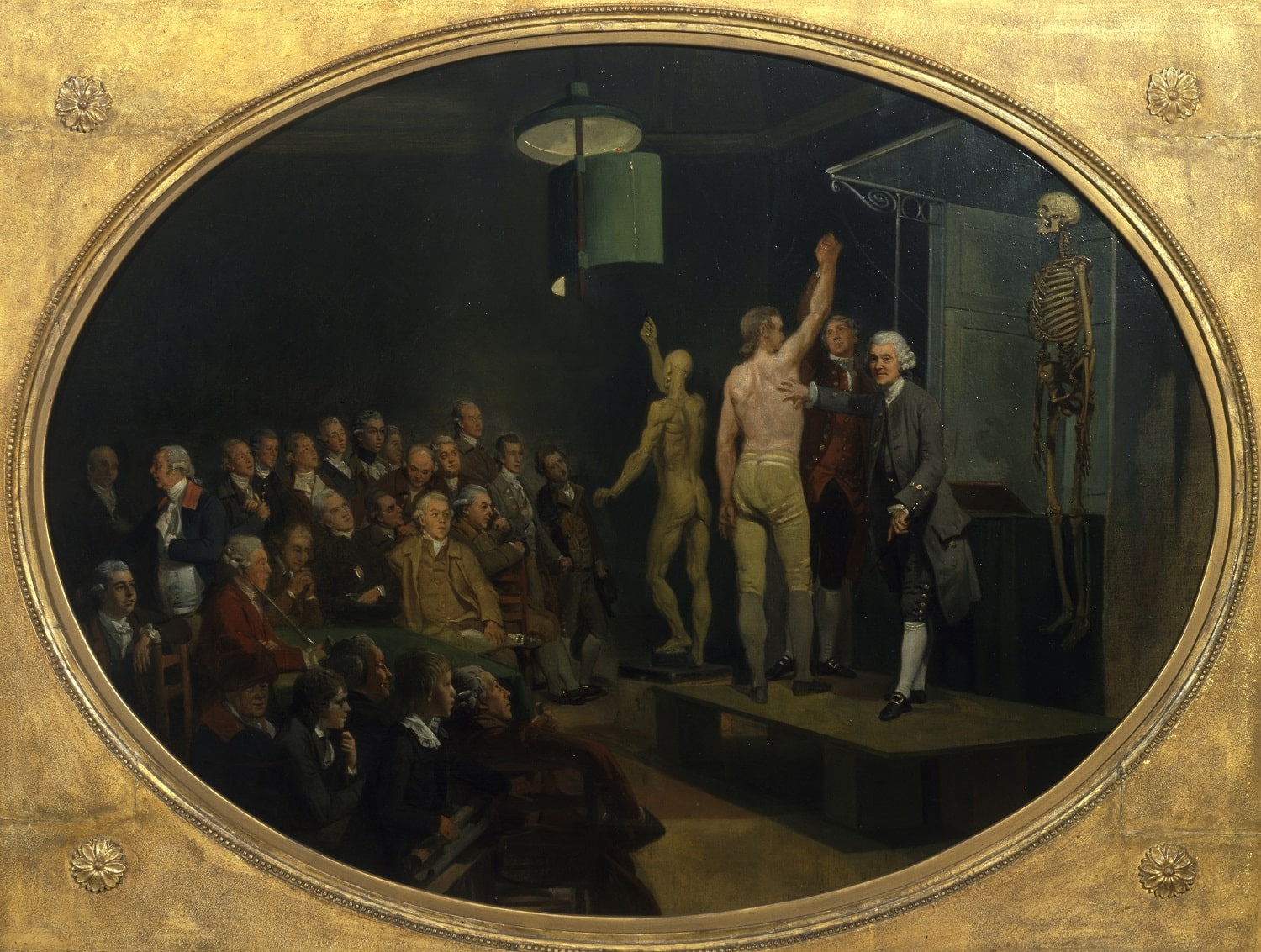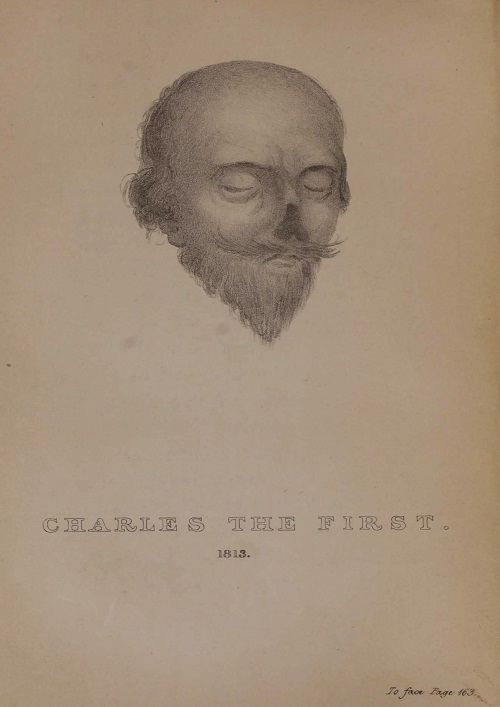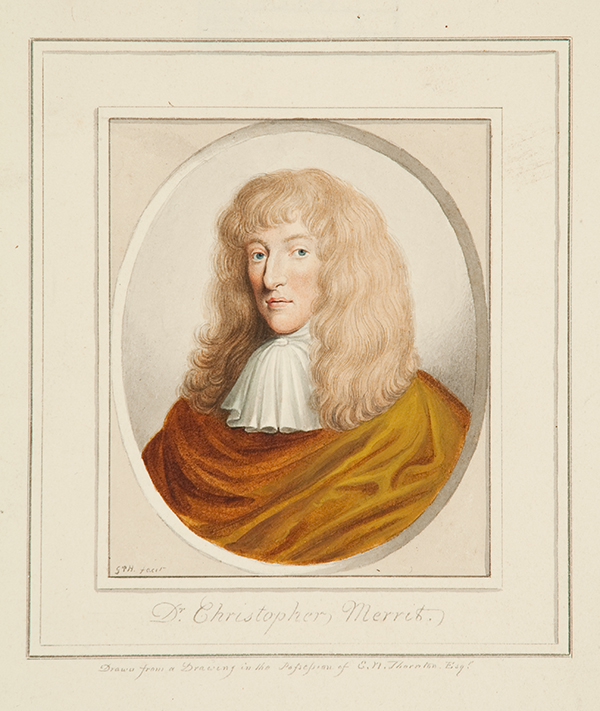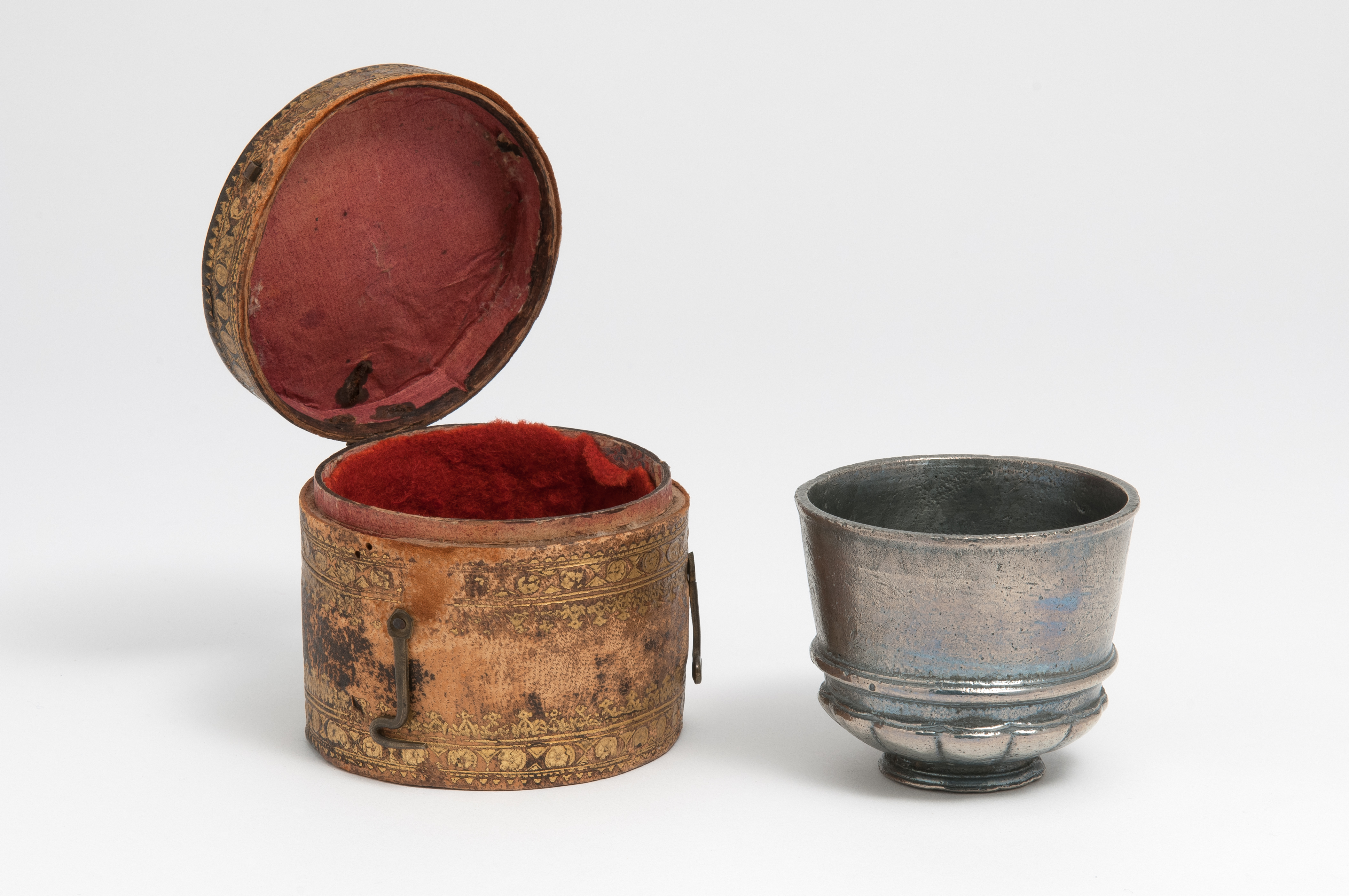The RCP Museum's picture library service remains open, with thousands of unique images representing the history of medicine in art, literature and artefacts.
Decorate your home or office with a one of a kind artwork from the RCP Archive, Museum and Library collection. Images of works of art, manuscripts, rare books and medical history instruments are available to purchase via a digital download to print at home, or by using an online printing service.
Image licences are also available to purchase for commercial use and publication.
Every purchase supports our public events and exhibitions and helps us to care for the collections.
Here are a few of our most popular images from the picture library.
Visit 'Use our images' page for more information and enquiries about image licensing requests.
William Hunter by Johann Zoffany
In this dark and moody lecture theatre, the anatomist William Hunter is demonstrating on stage. A skeleton hangs, and a live model poses with one arm raised. Mirroring this pose is an écorché figure - made from a plaster cast of a real, flayed body. The enraptured audience looks on and includes Royal Academy of Art students, artists, and 'gentlemen of learning' types. The painting was gifted to the RCP nearly 200 years ago by Sophia Baillie, widow of Matthew Baillie, who was William Hunter's nephew and heir. It is one of our most significant works of art, and our most popular image licence request.
The exhumed skull of King Charles I
This drawing of the exhumed skull of King Charles I, features in Account of the Opening of the Tomb of King Charles I. This account and sketch was taken from a lecture delivered at the RCP by the President Henry Halford. Halford was invited to conduct the exhumation of King Charles I's body in 1813. The skull was said to have still been recognisable as the King and still had a beard. The vertebra showing the executioner's axe mark was also identifiable and came into Halford's possession. It was later returned for burial by Halford's grandson.
Portrait of Christopher Merrett
Why does this portrait of Christopher Merrett get so many image licensing requests? Merrett is known to us as the RCP's Harveian Librarian in post when plague, looting and the Great Fire of London struck the College's headquarters at Amen Corner. He is perhaps better known to others for his invention of a method for making sparkling wine. Merrett described the distinctive ‘méthode champenoise’, several years before the monk Dom Pérignon began his experiments at the Benedictine Abbey at Hautvillers. Did this English librarian invent the champagne method? Researchers in the history of wine making enjoy exploring this possibility.
William Harvey demonstrating the palpitations of the foetal heart of a deer to Charles I
The RCP holds many images of physician William Harvey and a few objects that belonged to him. But it is this 19th century painting by Scottish artist Robert Hannah that is steadfastly popular in publications. This image of scientific experimentation represents an occasion where William Harvey, physician to King Charles I, was supplied with vivisection material from the deer stock kept for the royal hunt. Harvey dissected the heart of a deer embryo and showed it to the King still palpating. Unusually, William Harvey is more prominent than the monarch in this painting. He is shown standing and better lit than the seated King, drawing the viewer's eye to Harvey and his experiment.
Antimony cup with a leather case
Antimony is a highly toxic metal that when ingested produces symptoms that are similar to arsenic poisoning. Antimony cups were used in the 1600s as a purging treatment, prescribed by apothecarists and some physicians. When wine was drunk from this cup that was made from antimony, it would induce diarrhoea and vomiting in an unfortunate patient. This extremely rare example of an antimony cup was reputedly purchased by the physician Baldwin Hamey Junior because the RCP were investigating the vendor. Read more about the history of this dangerous treatment in this blog article here.
Visit our 'Image Gallery' page for more popular images from the RCP Museum picture library.





